Iris versicolor, commonly known as northern blue flag or harlequin blueflag, is a stunning perennial flowering plant that is native to North America. It belongs to the iris family and is known for its eye-catching flowers, unique foliage, and ability to thrive in wetland habitats. Iris versicolor is a popular choice for water gardens, ponds, marshy areas, and other moist environments due to its natural preference for wet habitats.
One of the main attractions of Iris versicolor is its exquisite flowers. The flowers are typically violet-blue to purple in color, with yellow or white markings on the falls (lower petals) and a central crest that adds to their intricate and captivating appearance. The flowers bloom in late spring to early summer, and they are held on tall, sturdy stems above the sword-like foliage, making them highly visible and adding a touch of elegance to any landscape or garden.
The foliage of Iris versicolor is another notable feature. The leaves are long and linear, with a deep green color and a graceful arching form. The foliage provides a lush and verdant backdrop for the vibrant flowers, creating a striking contrast that enhances the overall aesthetic appeal of the plant.
In terms of care, Iris versicolor is relatively low-maintenance, but it does have specific requirements to thrive. Here are some care instructions for Iris versicolor:
Light: Iris versicolor prefers full to partial sun, although it can tolerate light shade. It is best to plant it in a location that receives at least 4-6 hours of direct sunlight per day for optimal flowering.
Water: Iris versicolor is a moisture-loving plant and prefers consistently moist to wet soil. It is well-suited for wetland gardens, boggy areas, or near water features such as ponds or streams. Avoid allowing the soil to dry out completely, as it can cause stress and reduce flower production.
Soil: Iris versicolor prefers slightly acidic to neutral soil with good drainage. It can tolerate clay, loam, or sandy soils, as long as they are kept consistently moist.
Fertilizer: Iris versicolor does not require heavy fertilization, but it can benefit from a balanced, all-purpose fertilizer applied in early spring or after flowering. Follow the manufacturer’s instructions for application rates and frequency.
Pruning: Remove spent flowers and yellowing leaves to maintain a tidy appearance and prevent disease. Cut back the foliage to the ground in late fall or early winter to encourage new growth in the following spring.
Dividing: Iris versicolor can be divided every 3-5 years to maintain vigor and prevent overcrowding. Dividing should be done in late summer or early fall when the plant is dormant.
It’s important to note that Iris versicolor is considered non-toxic to humans and pets. However, as with all plants, it’s best to handle them with care and avoid ingestion, as some individuals may have sensitivities or allergies.
In conclusion, Iris versicolor is a stunning and low-maintenance perennial flowering plant that adds a touch of elegance and beauty to water gardens, ponds, and other wetland habitats. With its vibrant flowers, unique foliage, and easy care requirements, Iris versicolor is a beloved choice among gardeners and a perfect addition to any landscape or garden design.

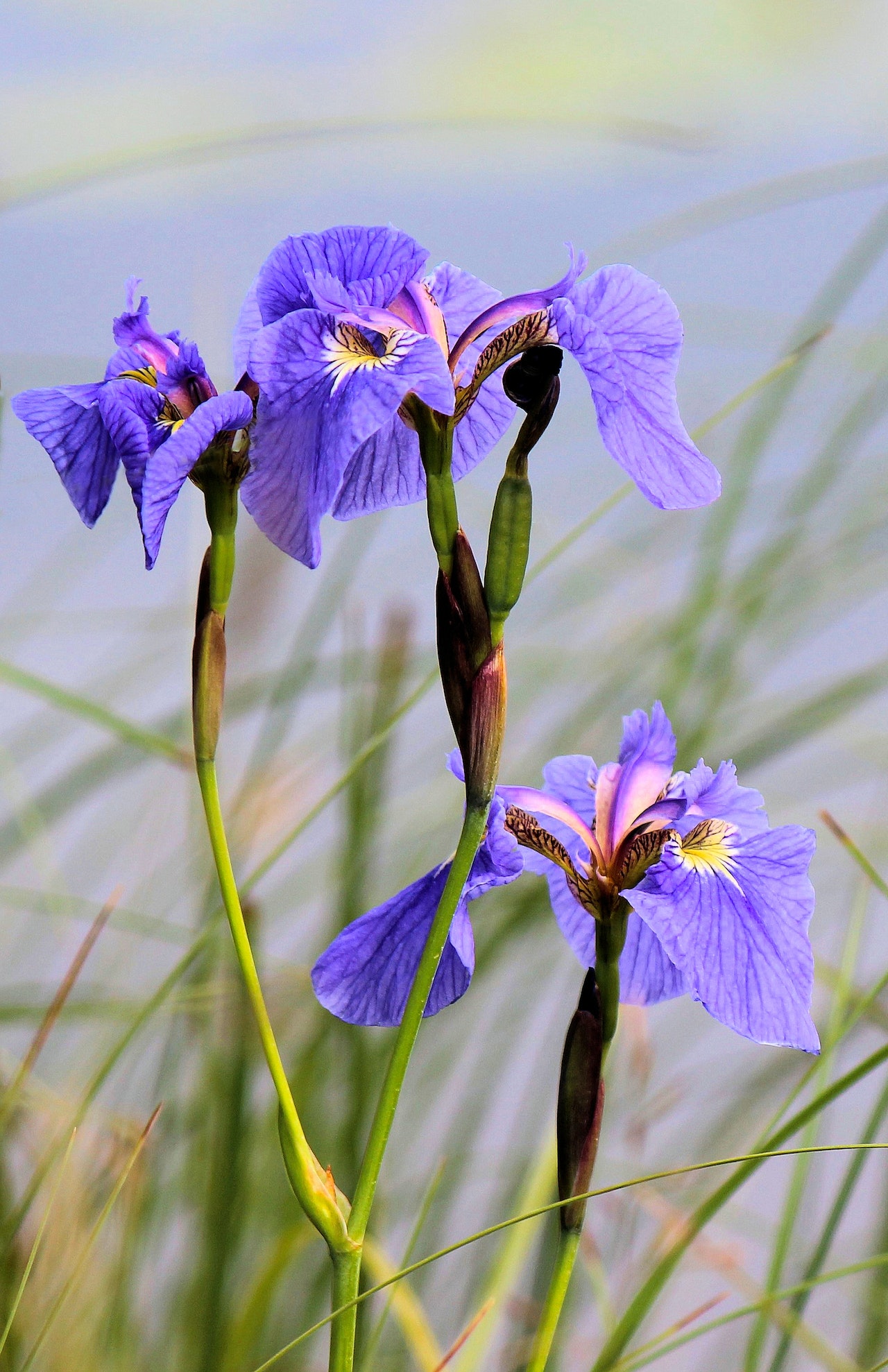
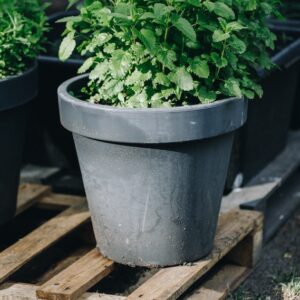
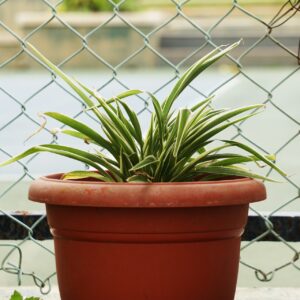
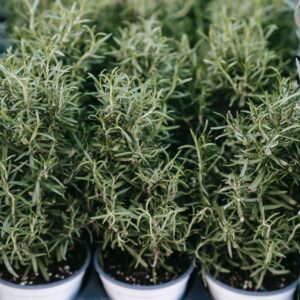
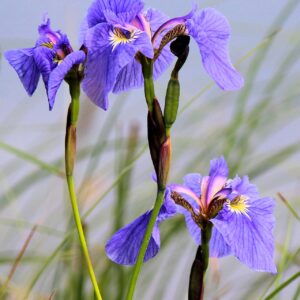
Reviews
There are no reviews yet